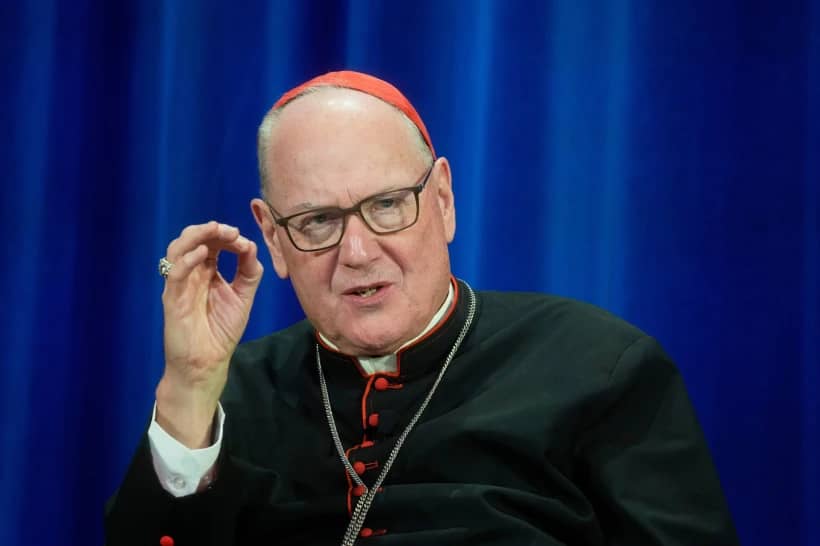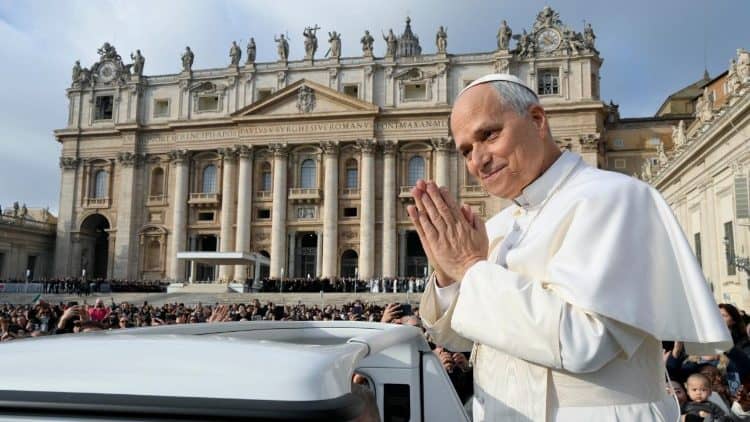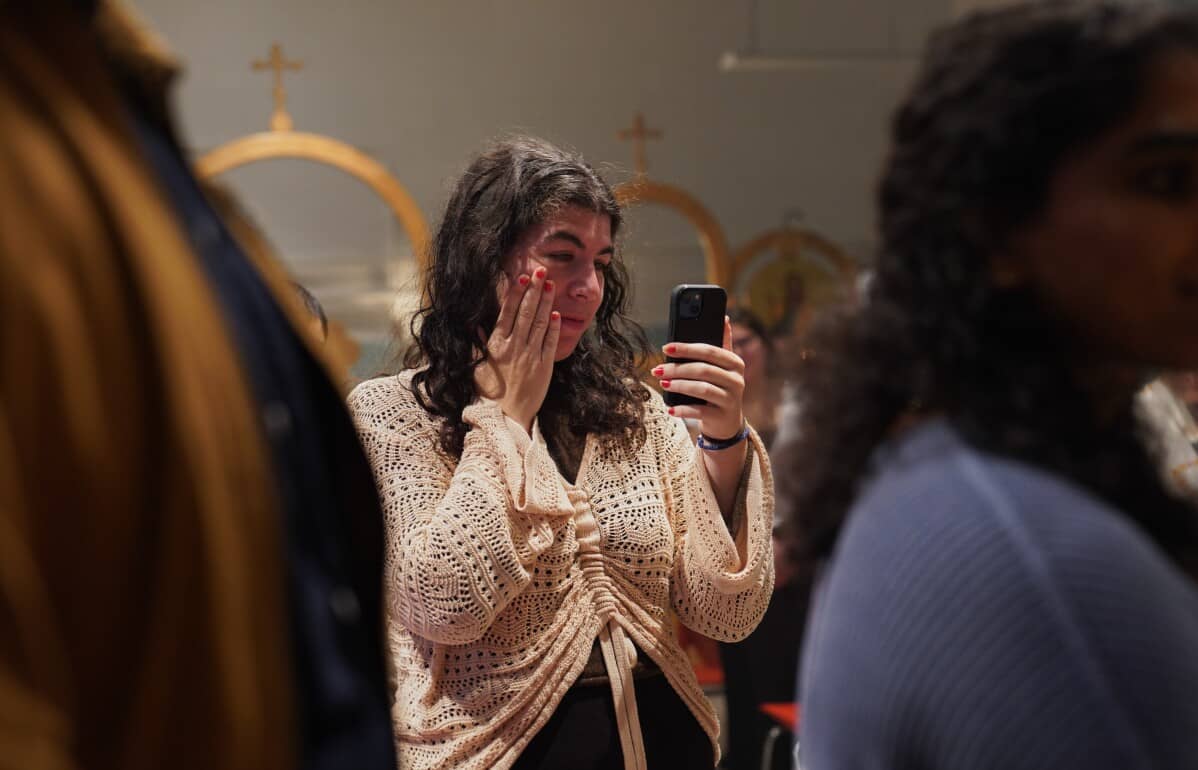NEW YORK – On Monday, the Catholic Church will strike a pose on the global culture runway, taking its place in an over the top red carpet event inaugurating an exhibit on faith and fashion at the Metropolitan Museum in New York.
Some Catholics may be skeptical, doubting whether such a profane stage can provide a fit setting for religion. Catholics contributing to the exhibit from behind the scenes, however, wave these concerns aside, saying the organizers took a gloved approach towards the Church.
“Based on my experience, [the organizers] were really, really sensitive,” said Jesuit Father James Martin, editor-at-large of America magazine, in an interview with Crux.
The Met’s fundraising Gala, held every year since 1948, is recognized as the “Super Bowl” of the fashion world. Not only does it provide revenue for the Met’s Costume Institute, but it also sets a tone for the leading fashion trends and styles for the year.
For Catholics enthused about the occasion, being the centerpiece of this Instragrammable event means having a chance to use beauty to spread the Church’s message across the globe, from fashion-obsessed tweens to trendsetting First Ladies.
Early on, the Met’s Costume Institute called on Martin and other leading Catholics, including Cardinal Timothy Dolan of New York, to solicit feedback and suggestions. The Jesuit was brought in to evaluate whether anything in the projected lineup could be considered problematic for a Catholic sensitivity.
Looking at the pictures of the exhibit, Martin brought up only one objection: an intricate silver crown of thorns by the rebellious and visionary British designer Alexander McQueen, from the autumn-winter collection of 1996-97. Yet that headpiece remains in the catalogue of the exhibit, which is titled “Heavenly Bodies: Fashion and the Catholic Imagination,” along with dozens of other religiously inspired dresses and accessories.
The profound relationship between the Catholic faith and fashion dates further back than Benedict XVI’s famous red loafers, arguably even to Genesis.
“Dress has always been very important in the Catholic Church, starting from the fact that God Himself made the clothing for Adam and Eve with his own hands,” said Italian Professor Marzia Cataldi Gallo, an art historian specializing in costume and among those invited to write an essay for the exhibit’s catalogue.
Cataldi Gallo, a practicing Catholic, hails from the northern Italian port city of Genoa, an important and historic textile trade hub and has specialized in the history of religious garments. In her essay, she examines the dialogue between vestments of the Church hierarchy and fashion, each borrowing from the other through the centuries.
“There are many connections, in fact, more than what one can think at first,” Cataldi Gallo said. The exhibit starting on May 10 through October will be the Met’s biggest yet, and it will feature garments from the Sacristy of the Sistine Chapel in the Vatican.
Despite this long and fruitful connection, fashion has sometimes been irreverent toward the symbols of the Catholic Church. Many of the best designers, from Versace to Dolce & Gabbana, have drawn from their youthful experiences with the Catholic faith to inspire their clothing, at times offending some religious sensitivities.
The Met exhibit will be an important milestone in the millennia-long dialogue between popes and tailors, and, more generally, between the sacred and the profane.
Martin said he’s “very optimistic” about the event.
He said the Met has been extremely respectful of Catholic feelings. To prove the point, Martin pointed to the effort made by organizers to involve Catholics and the Vatican in the discussion.
Second, Martin said, the exhibit is well done. Clothes will be placed in dialogue with art pieces that either directly inspired them or help explain their meaning. This is not just handy, he said, in order to show the creative process of the artists in approaching Catholic imagination, but it also informs the viewer about the sacredness of religious symbols.
“I think this exhibit is going to do the job,” Cataldi said. “It’s really possible for visitors to make the connection between religious works of art and what the pope was wearing, [meaning] the vestments and their use.”
She also pointed to the catalogue as a tool to understanding some of the garments exhibited, where art historians such as herself carefully address the meaning behind the scarlet of the cardinals and the pearls in the papal tiaras. The collection brought in from the Vatican will be shown apart from the eccentric and stunning fashion on display, in an effort to show reverence toward the garments.
The third point, according to Martin, is that the exhibit is beautiful. As Emeritus Pope Benedict XVI and Pope Francis have often stressed, beauty is an essential component of liturgy, and art a preferred highway toward the divine. The sheer beauty of some of the works, whether they were meant for priests or divas, draw the viewer closer to the Catholic tradition that inspired it.
Though Cataldi Gallo recognizes that it “will be a challenge” for the Vatican’s complex religious garments to communicate the depth of the theology behind it, she believes that the beauty at least will inspire a sort of religious reverence.
“It will tend to astonish the persons who are looking at the exhibition,” she said. “Maybe this is the same feeling of sort of marvel or awe, which was felt by medieval devotees when they entered the Church during a celebration.”
Finally, Martin believes that the Met’s exhibit will invite viewers toward reflection. Beauty and art, he said, have always been intended in Catholic imagination as a means toward the divine. That’s despite the fact, he said, that some visitors looking at the extravagant garments on display at the Met might be distracted into thinking about the material cost of the textiles or the gems adorning the 12-foot-long trains of bishops and towering tiaras.
But according to Cataldi Gallo, they would be missing the point. The art historian says the meaning of the liturgical vestments was always that of establishing a clear connection between the Church as a whole and the divine.
“The dress of the celebrant, the priest or the pope even more, are the center of the ceremony, and it was important that the faithful could detect at once who was at the center of the sacrament,” she said.
Of course, the optimism of Catholic advisors to the exhibit might not be enough to convince those who are concerned about possible exposure to ridicule. The gala on May 7 will witness a vast array of stars and celebrities who have been invited to interpret the Catholic theme of the exhibit though their attire.
No doubt some designers and stylists will grasp the opportunity to push the envelope, and the red carpet will host dazzling creativity as well as cheap digs.
“It’s important to distinguish between Andrew Bolton and his team, and what a celebrity decides to wear on the red carpet,” Martin said, emphasizing the real stars at the event aren’t Hollywood actresses or even the Catholic Church, but the ability artists have had throughout the centuries to creatively understand and interpret religious imagery.
According to Martin, the Met exhibit and gala are not about political agendas or an occasion to be outraged, but rather it will be “worth it because you need to get the message out.”
“Part of the message is that it’s a big Church. It’s a Church of people who work in the slums of Nairobi, and it’s a Church of artists and designers,” he said. “It’s the both/and, not the either/or.”
Stay tuned for Crux’s latest news and updates related to the 2018 Met Gala and exhibition on Catholic fashion, where Crux’s faith and culture correspondent, Claire Giangravè, and national correspondent Christopher White will be providing regular updates. Follow them on Twitter: @ClaireGiangrave & @CWWhite212. and visit Crux for daily updates and interviews from New York City.












